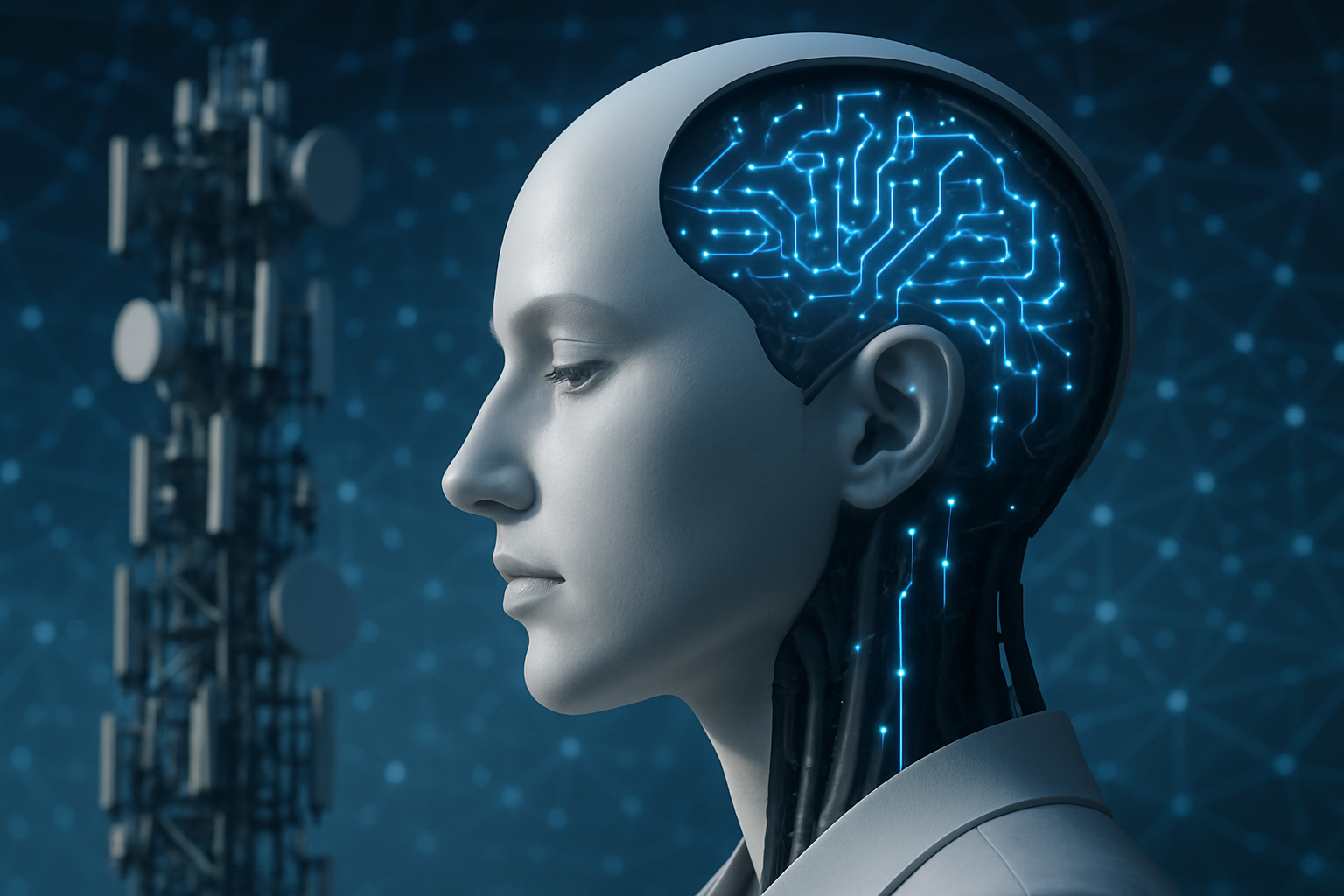Smart Dust: The Invisible Revolution in IoT
In a world where technology is constantly shrinking, a new player has emerged that's so small, it's practically invisible. Enter smart dust: microscopic sensors that could revolutionize how we interact with our environment. These tiny motes, no larger than a grain of sand, are poised to transform industries from healthcare to agriculture, offering unprecedented levels of data collection and analysis.

How Smart Dust Works
At its core, smart dust consists of microelectromechanical systems (MEMS) that combine sensing, computing, and communication capabilities into a single, tiny package. These minuscule devices can detect various environmental factors such as light, temperature, vibration, and chemical composition. The data collected is then transmitted wirelessly to central hubs for analysis and action.
Applications Across Industries
The potential applications for smart dust are vast and varied. In agriculture, these sensors could be scattered across fields to monitor soil conditions, optimizing irrigation and fertilization. In manufacturing, smart dust could detect microscopic defects in products, enhancing quality control. Healthcare could see smart dust used for non-invasive patient monitoring, providing real-time data on vital signs and medication effectiveness.
Environmental Monitoring and Conservation
One of the most promising areas for smart dust deployment is environmental monitoring. These tiny sensors could be dispersed in forests to detect early signs of wildfires, or in oceans to track pollution levels and marine life movements. The ability to gather data from previously inaccessible or dangerous locations could revolutionize our understanding of ecosystems and climate change.
Challenges and Concerns
Despite its potential, smart dust technology faces several hurdles. Power supply remains a significant challenge, as these microscopic devices require energy to function. Researchers are exploring various solutions, including energy harvesting from ambient light or vibrations. Privacy concerns also loom large, as the widespread deployment of invisible sensors raises questions about surveillance and data security.
The Future of Smart Dust
As research continues, the possibilities for smart dust seem limitless. Future iterations may include self-organizing swarms that can adapt to changing environments or even manipulate physical objects. The integration of smart dust with other emerging technologies like artificial intelligence and 5G networks could create powerful new systems for managing our cities, homes, and industries.
Economic Impact and Market Potential
While still in its early stages, the smart dust market is projected to grow significantly in the coming years. Analysts estimate that by 2025, the global market for smart dust could reach several billion dollars. Industries from aerospace to consumer electronics are investing in this technology, recognizing its potential to drive innovation and efficiency.
In conclusion, smart dust represents a paradigm shift in how we collect and process data about our world. As these invisible sensors become more sophisticated and widespread, they promise to unlock new frontiers in technology and scientific understanding. While challenges remain, the potential benefits of smart dust are too significant to ignore. As we stand on the brink of this microscopic revolution, one thing is clear: the future of IoT is invisible, and it’s already all around us.





